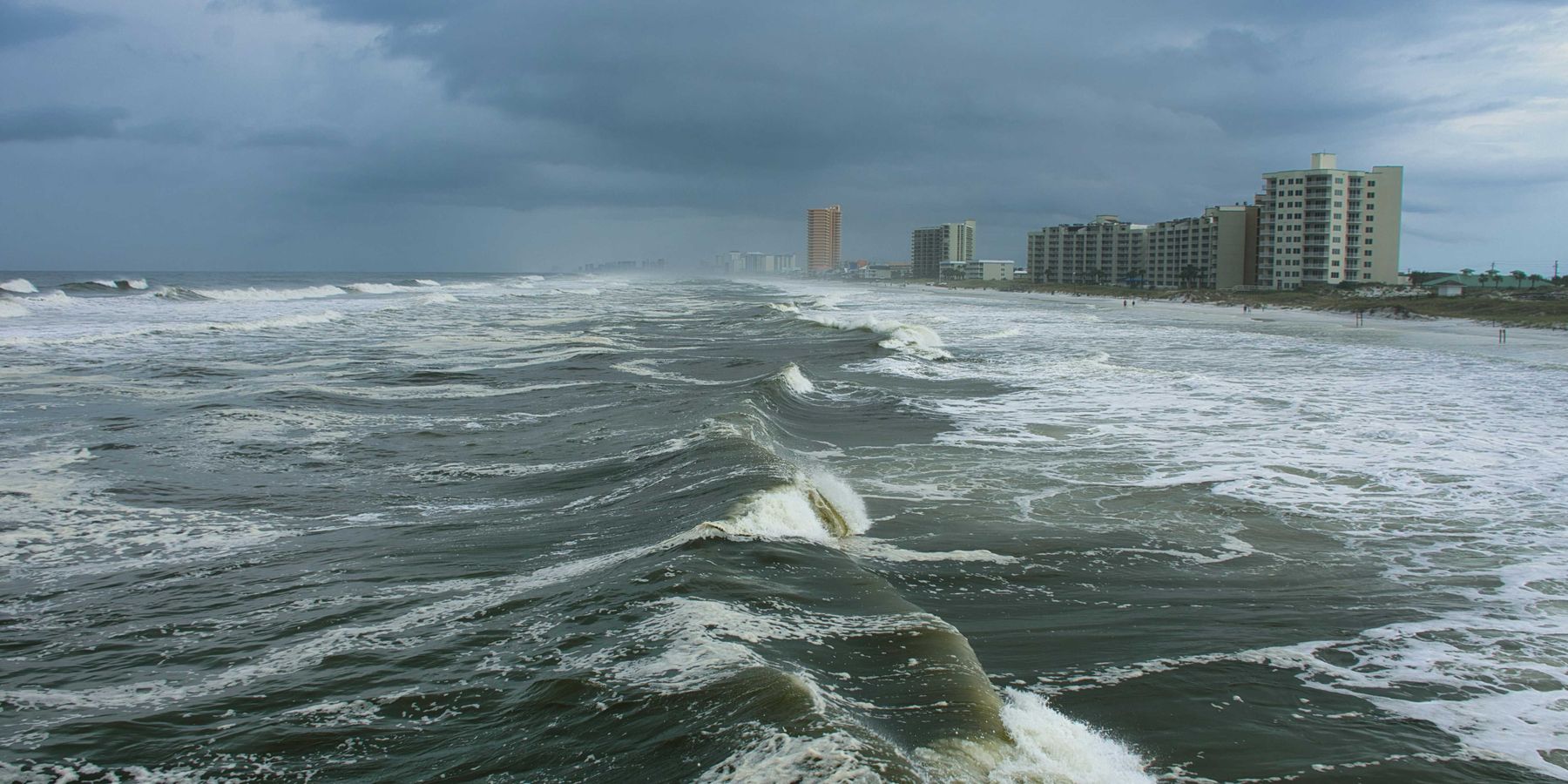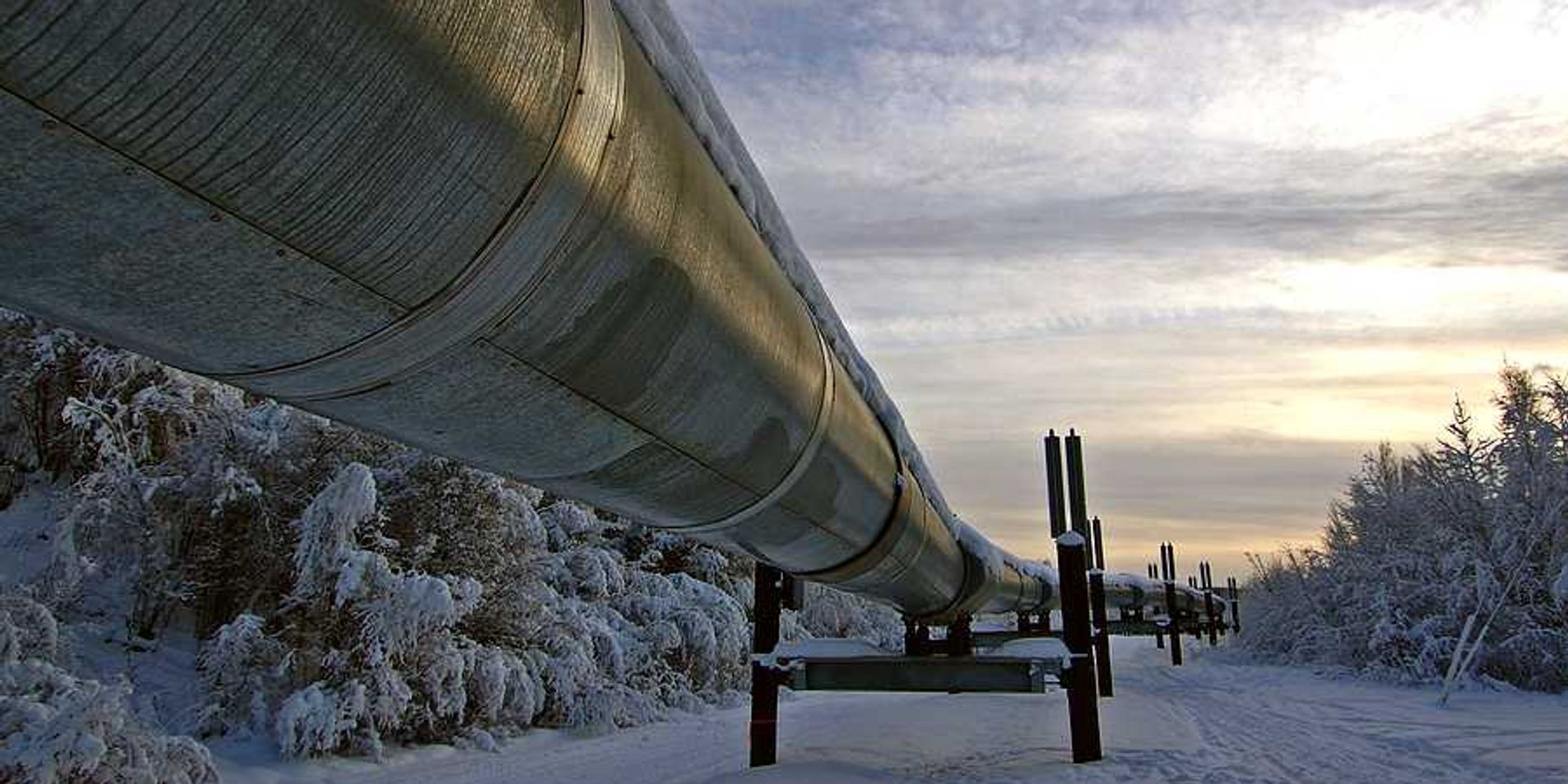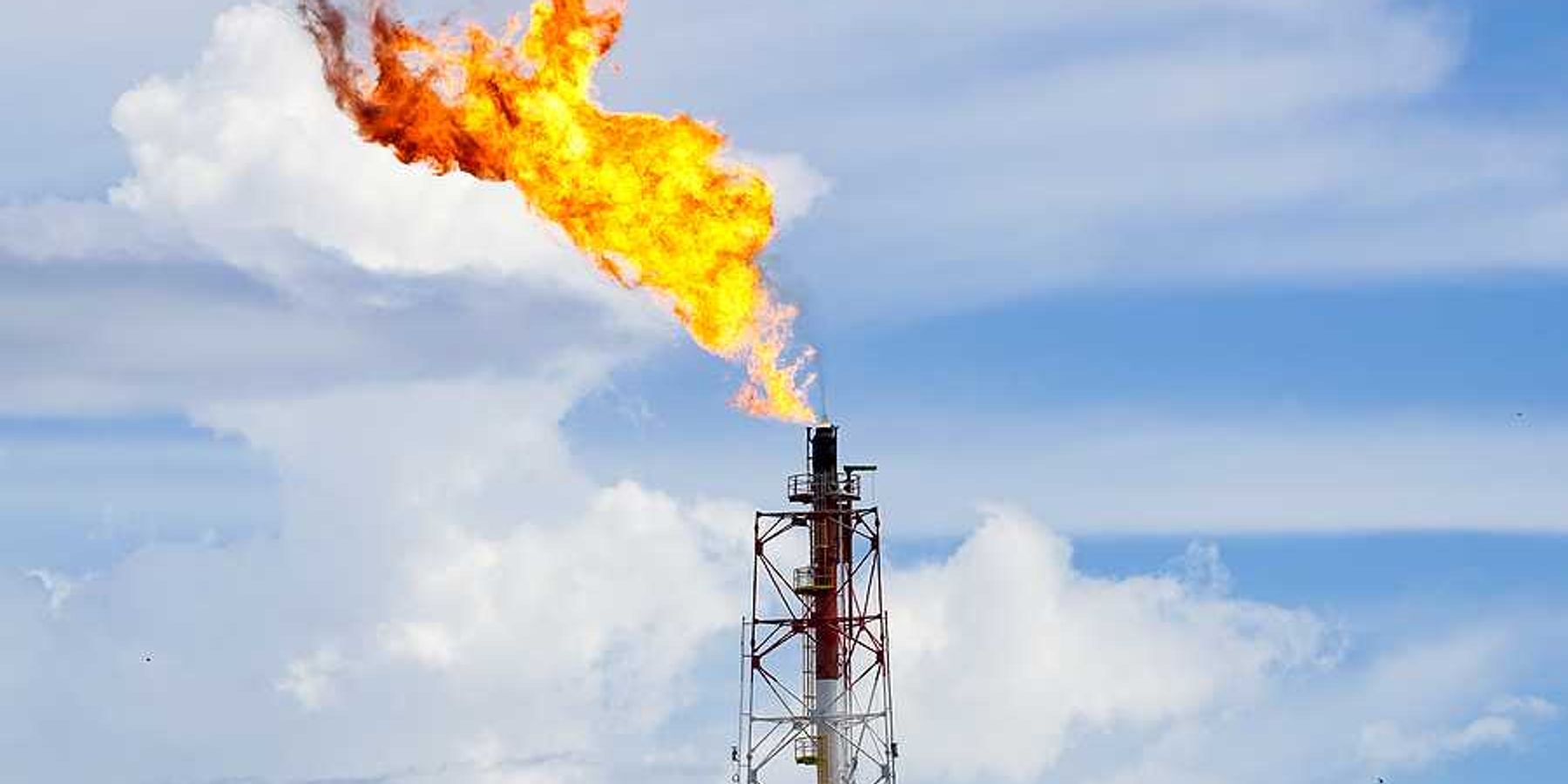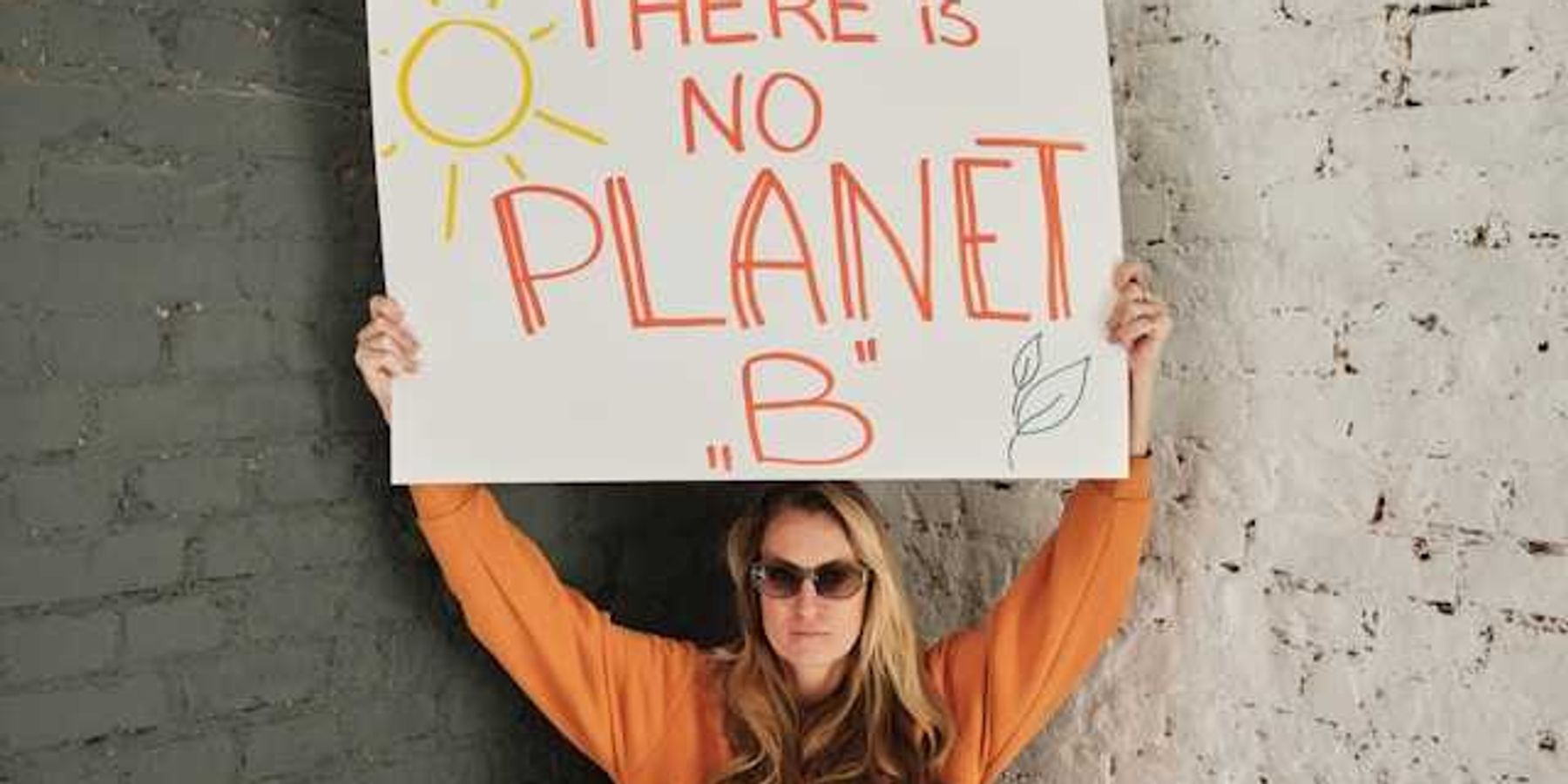EPA opens quiet backdoor for polluters to bypass clean air rules
The U.S. Environmental Protection Agency has rolled out a process allowing companies to sidestep limits on mercury and cancer-causing emissions — with nothing more than an email request.
Hannah Northey reports for E&E News.
In short:
- New EPA guidance invites companies to email requests for exemptions from Clean Air Act rules, including protections against mercury and ethylene oxide, both known health hazards.
- The guidance claims the Clean Air Act allows the president to “exempt stationary sources of air pollution from compliance with any standard or limitation under section 112 for up to two years if the technology to implement the standard is not available and it is in the national security interests of the United States to do so.”
- The exemption pathway, based on a rarely used legal provision, could delay pollution controls for years, with little transparency or clear criteria for approval.
- Experts warn the move could lead to increased cancer risk, especially for communities already breathing some of the country’s most toxic air.
Key quote:
“The new Trump EPA website invites hundreds of industrial sources of cancer-causing pollution and other toxics to evade science-based clean air standards that are designed to keep our families safe — all with a single email.”
— Vickie Patton, general counsel of the Environmental Defense Fund
Why this matters:
Toxic air pollution, especially from industrial sources, has been directly linked to cancer, neurological damage in children, and chronic disease. Letting companies skip pollution controls — potentially for years — could mean disaster for frontline neighborhoods already living with the country's dirtiest air. Critics charge that the process lacks transparency, clear criteria, or even a public record of who's applying. It feels less like regulation and more like a quiet invitation to pollute — sent straight to your inbox.
Read more:
- EPA rollbacks could endanger public health, experts warn
- Levels of cancer-causing benzene reached new heights in beleaguered Channelview, Texas. Regulators never told residents
- Trump administration plans to drop lawsuit over Louisiana petrochemical plant
- Lawsuits challenge EPA's new ethylene oxide regulations













